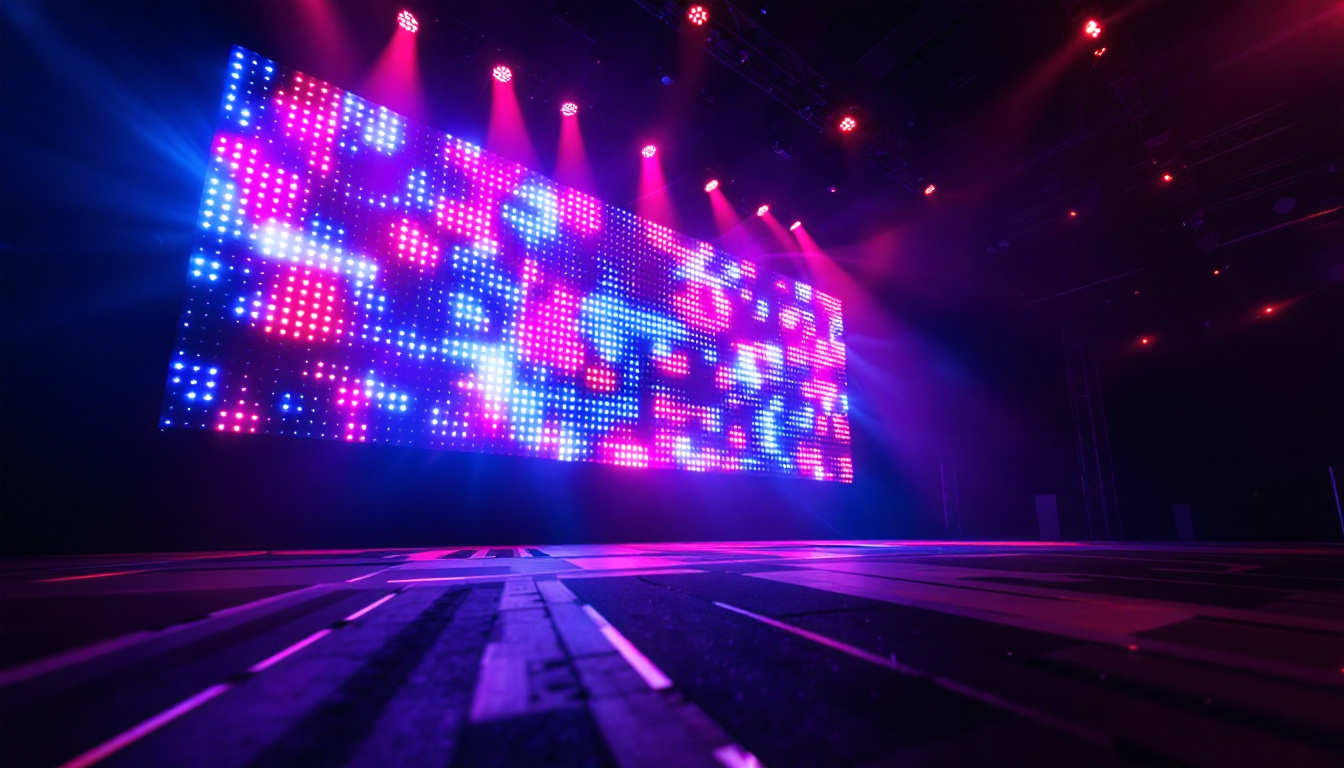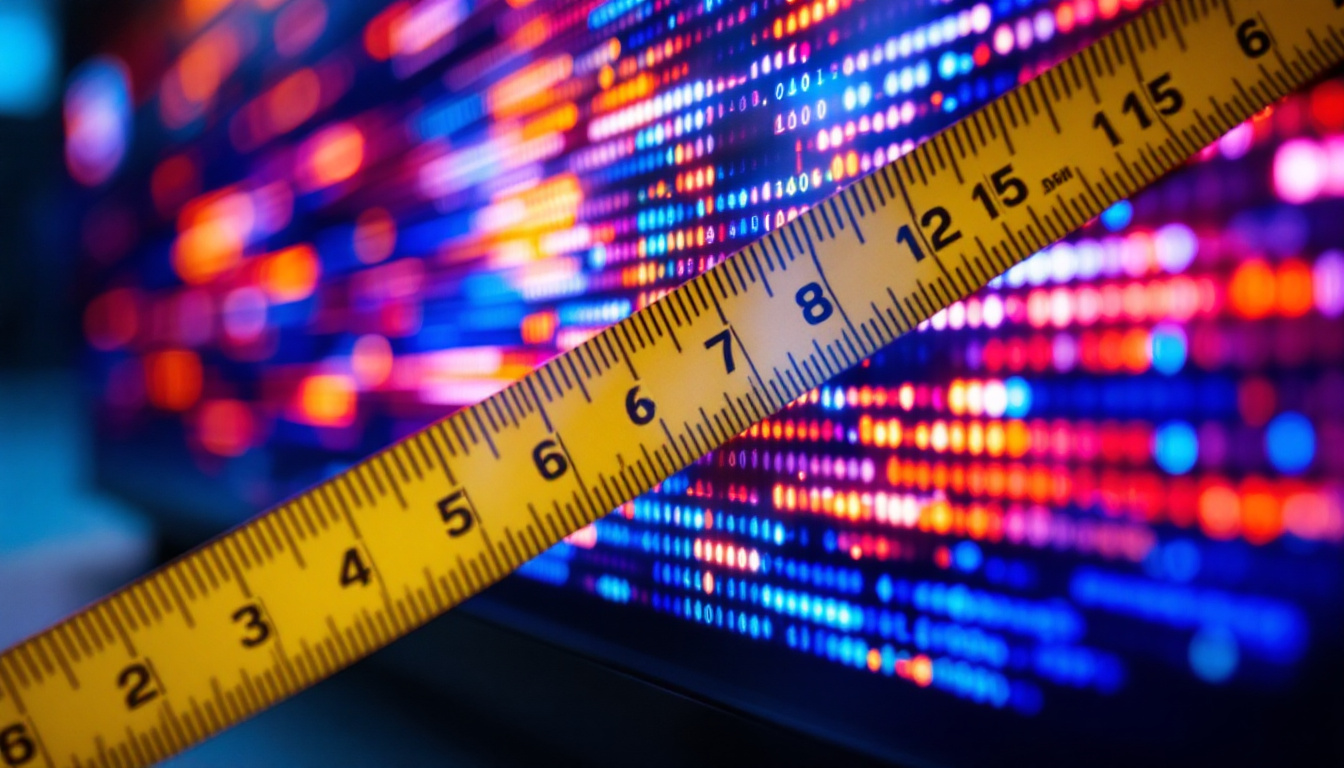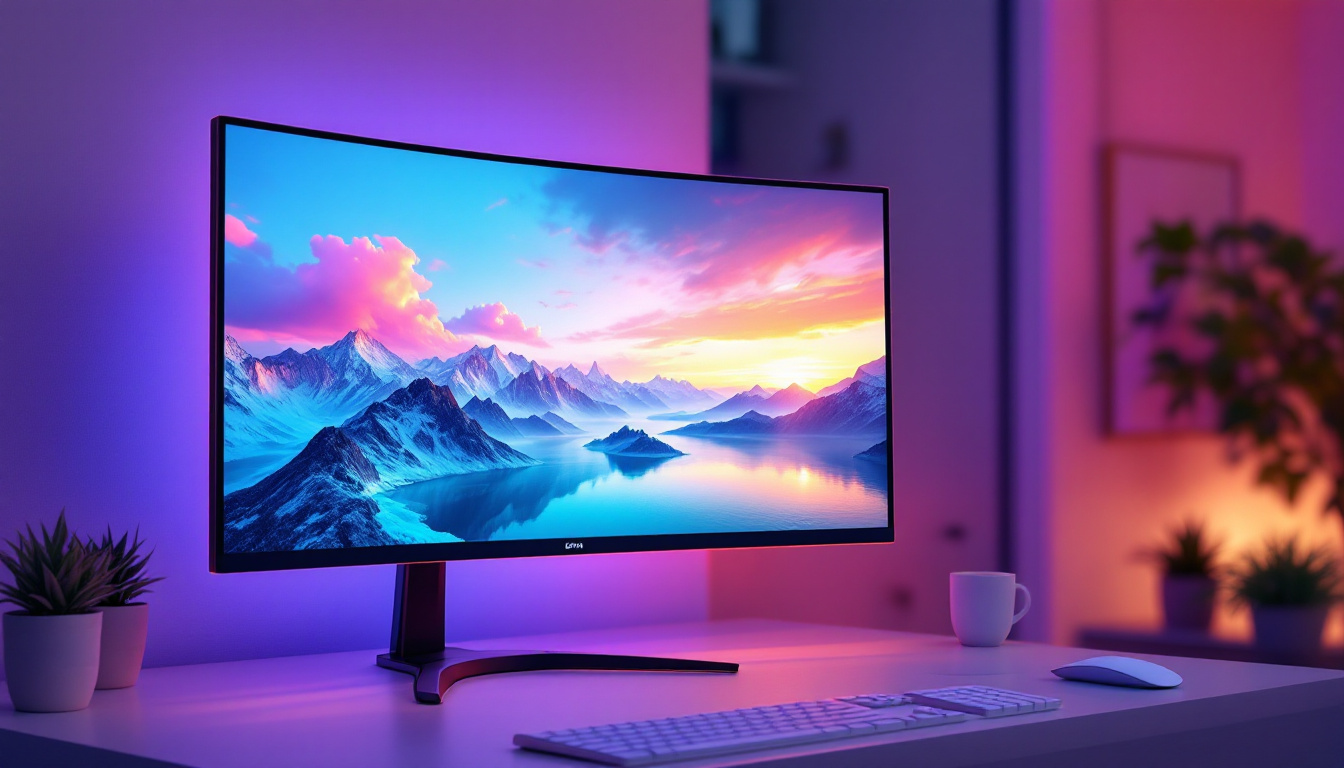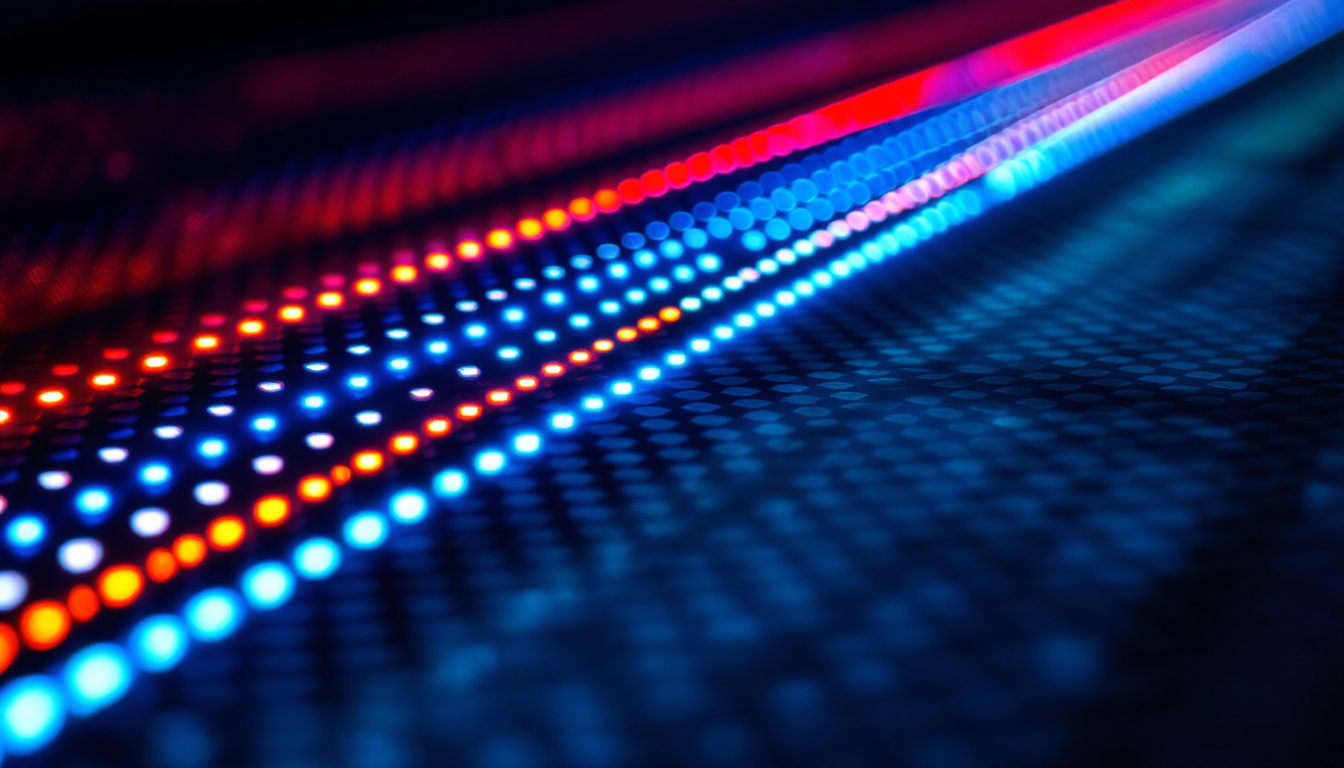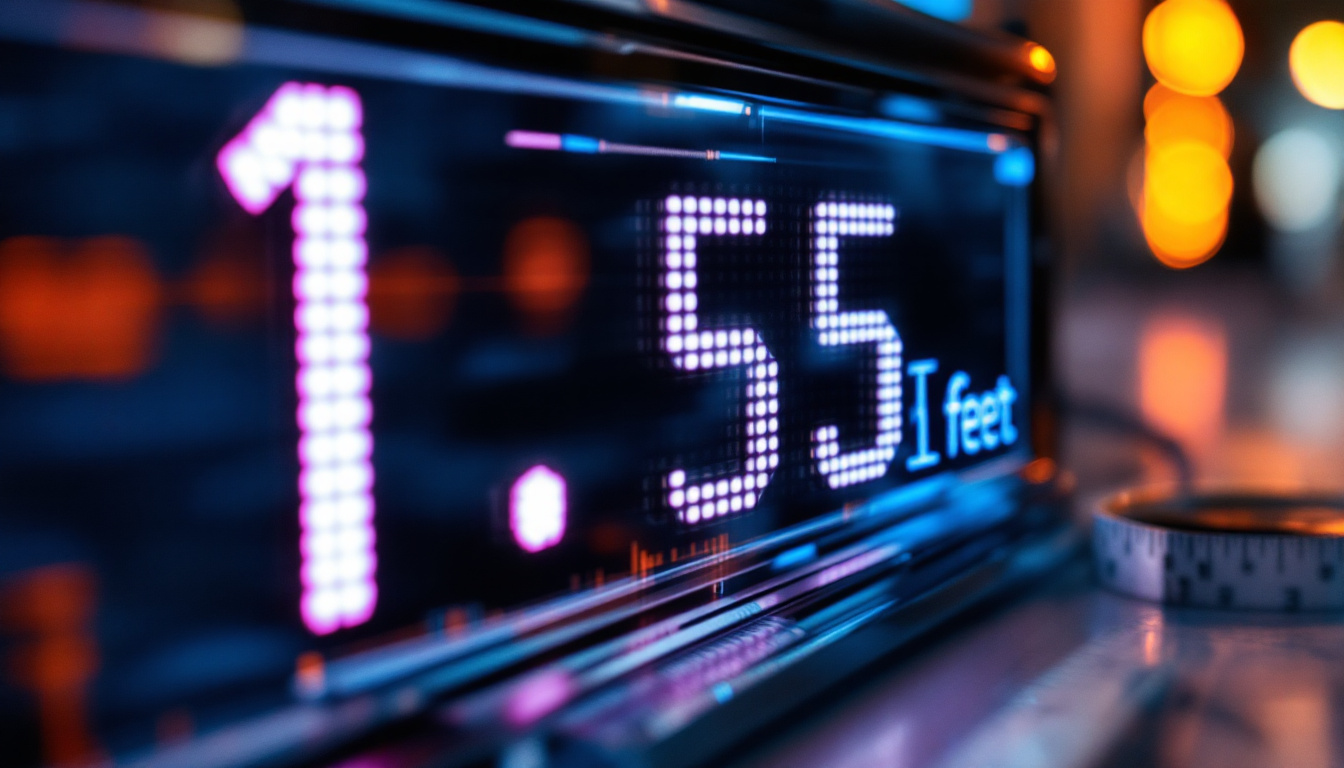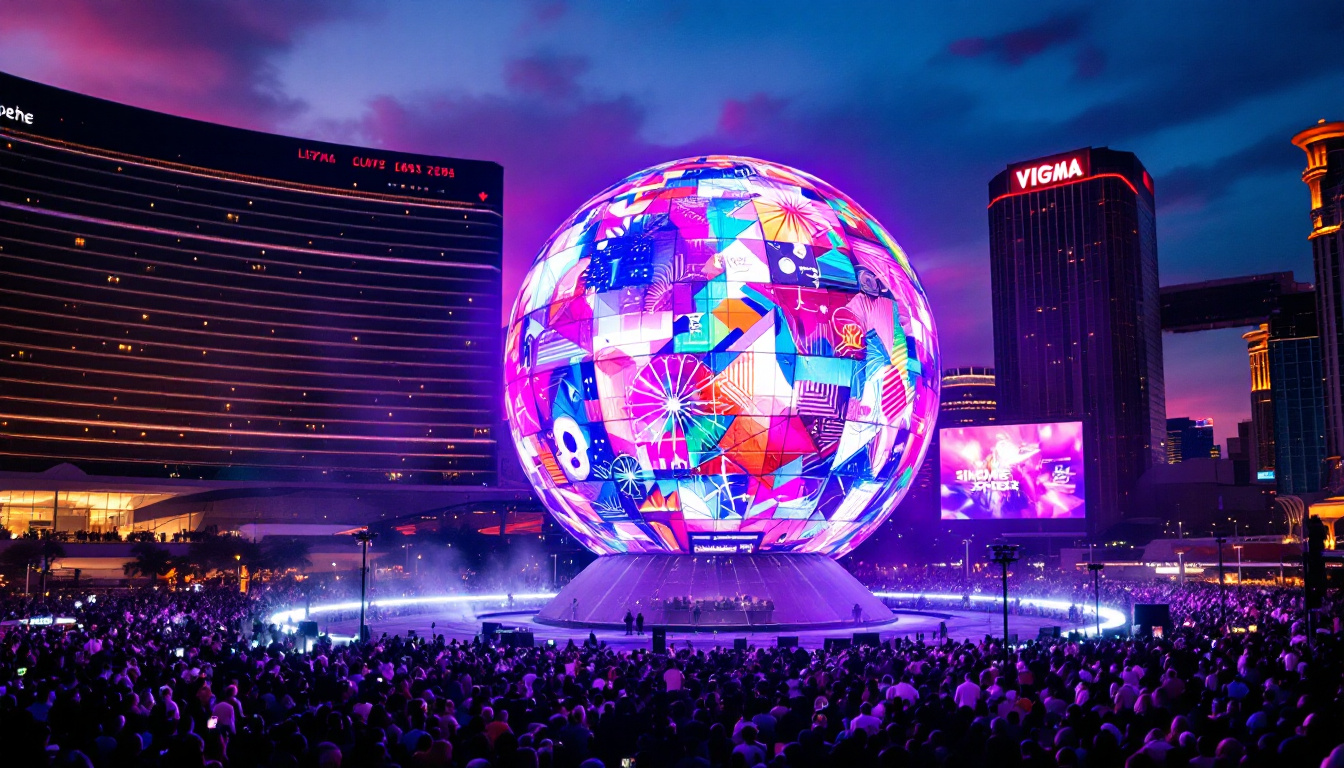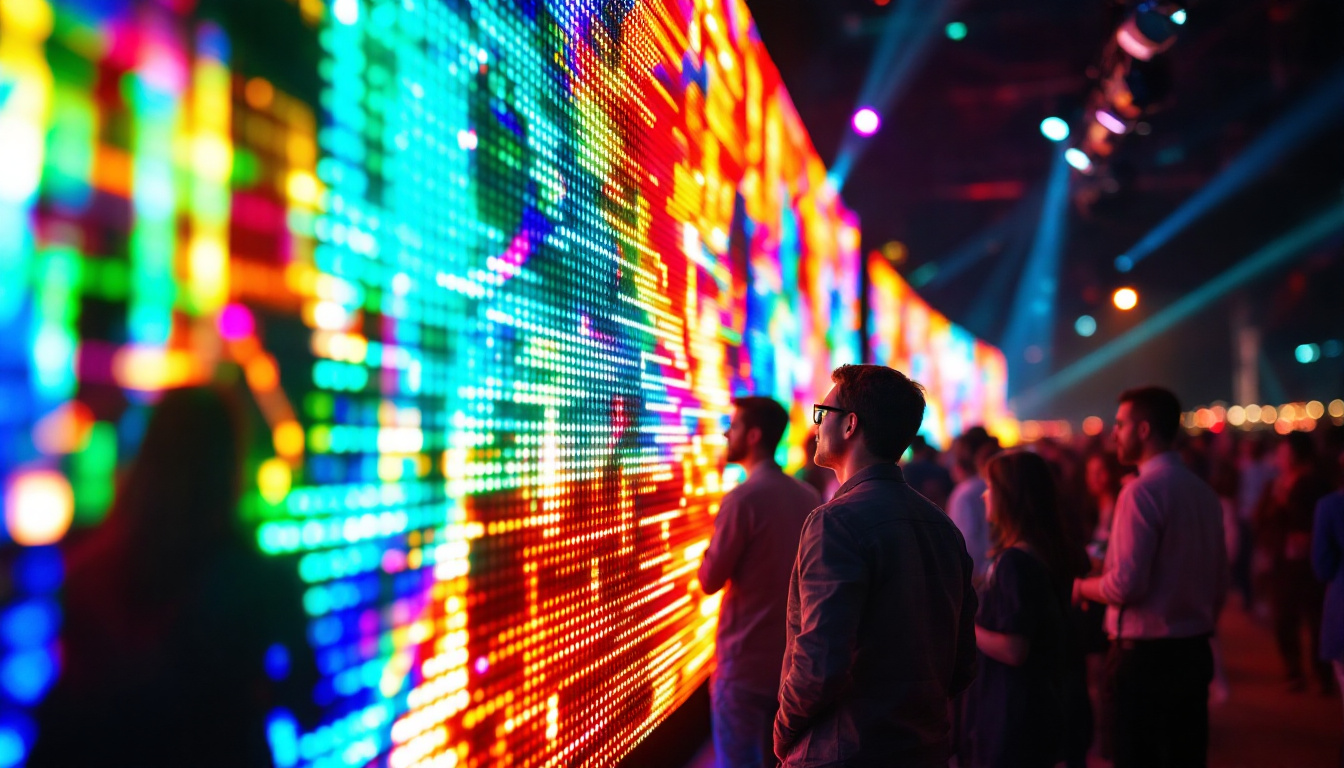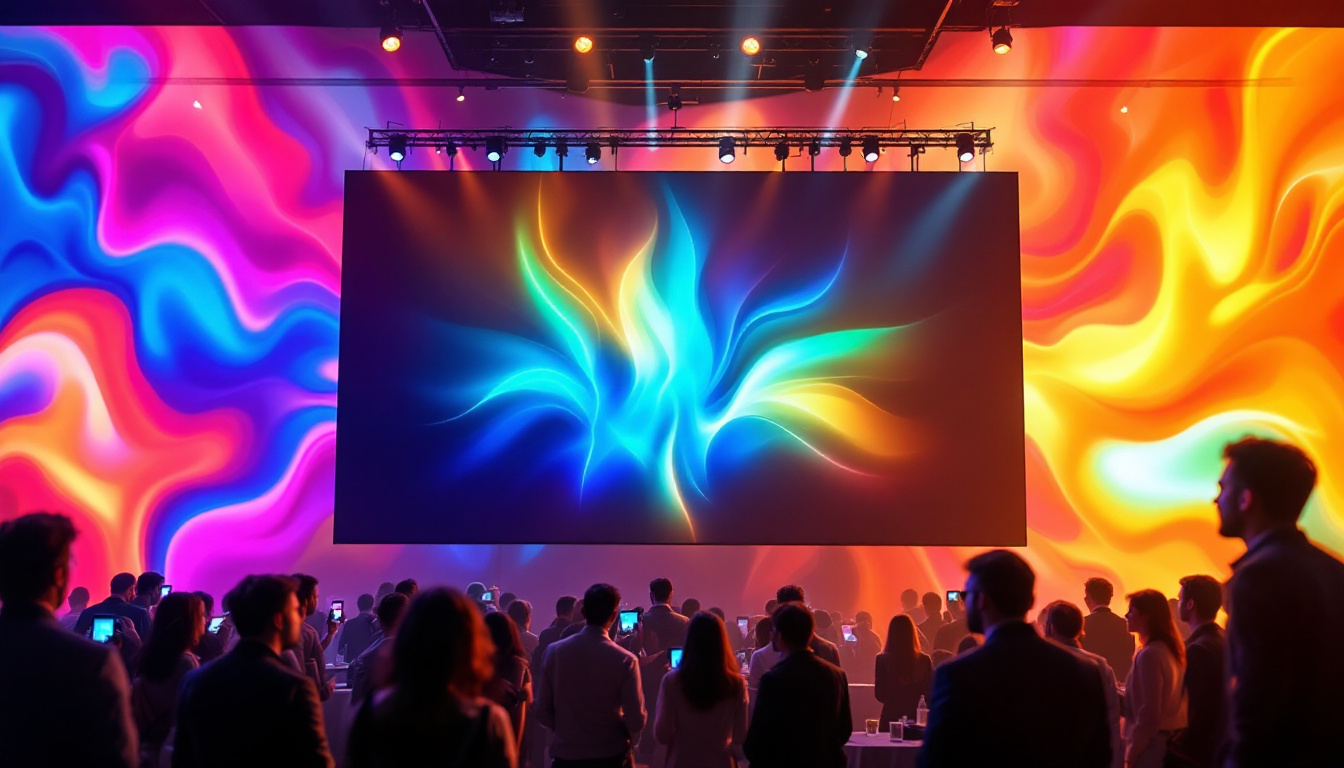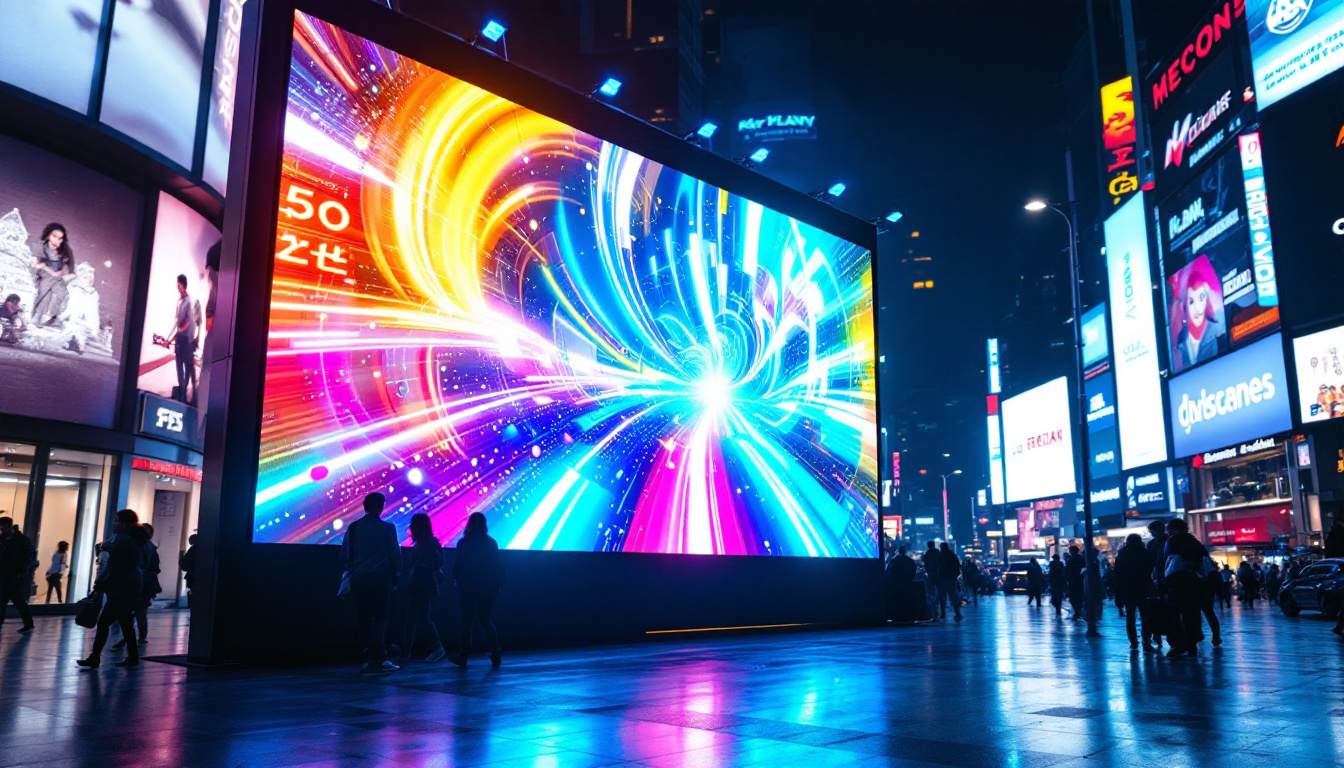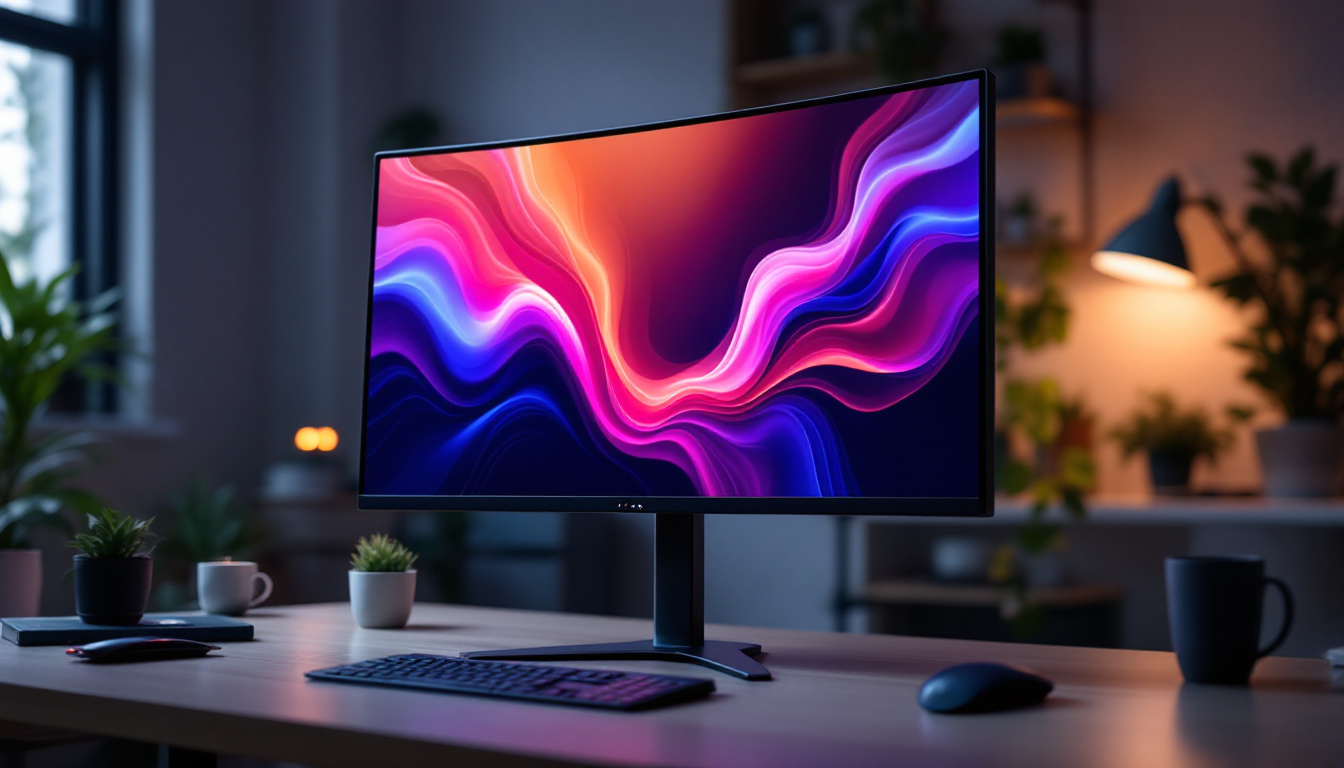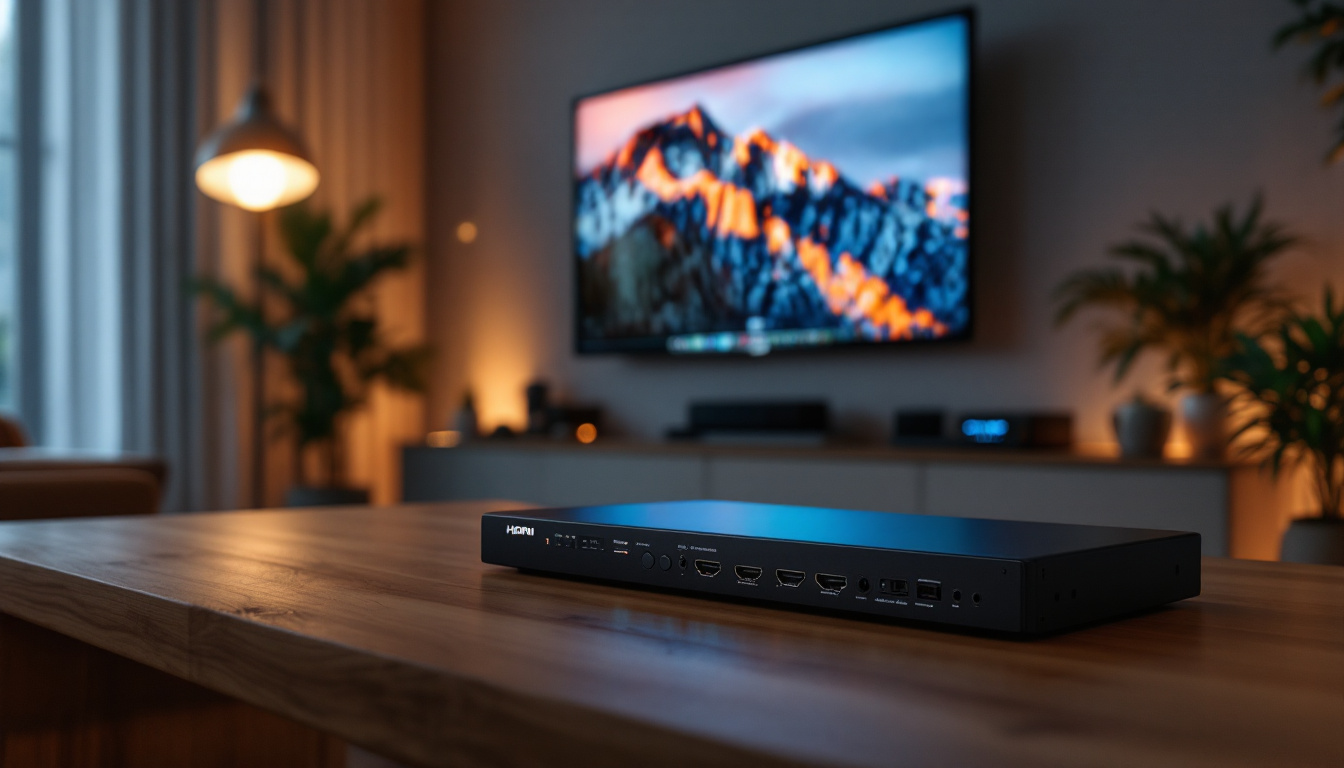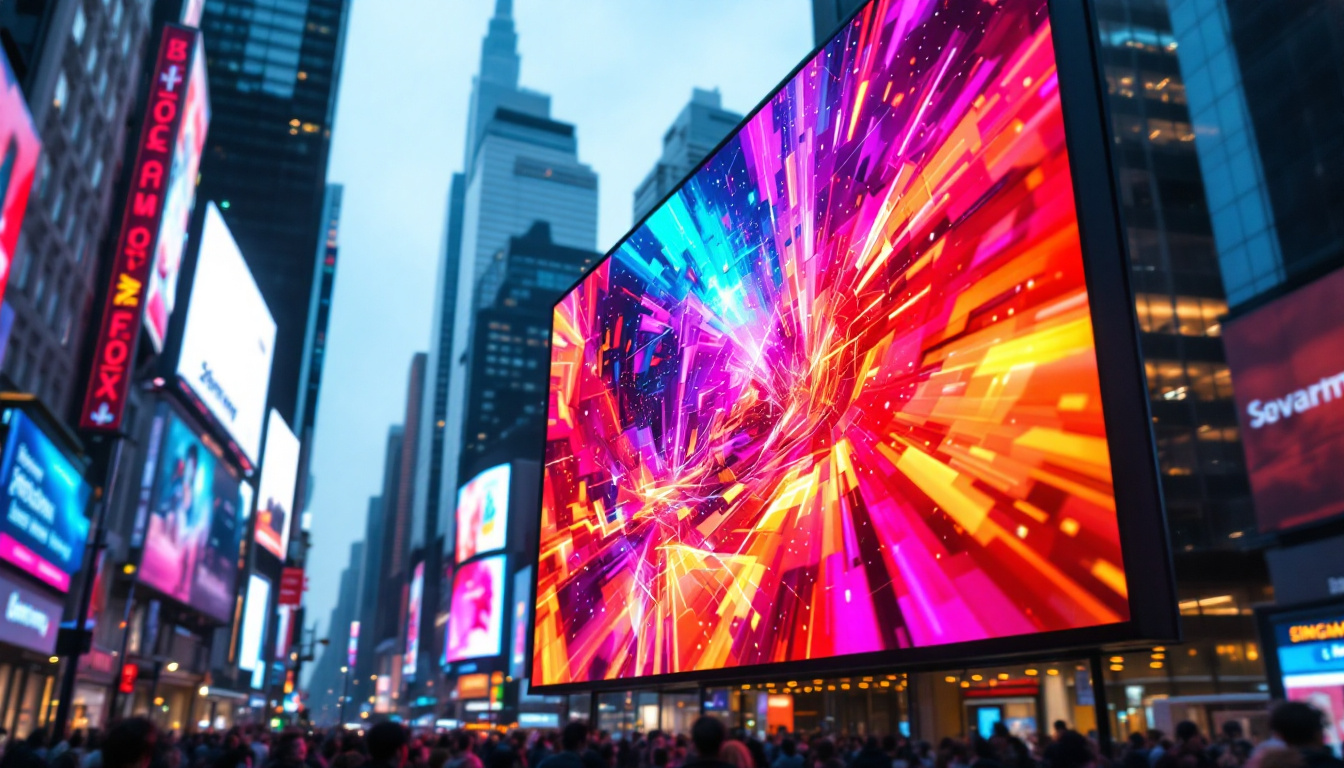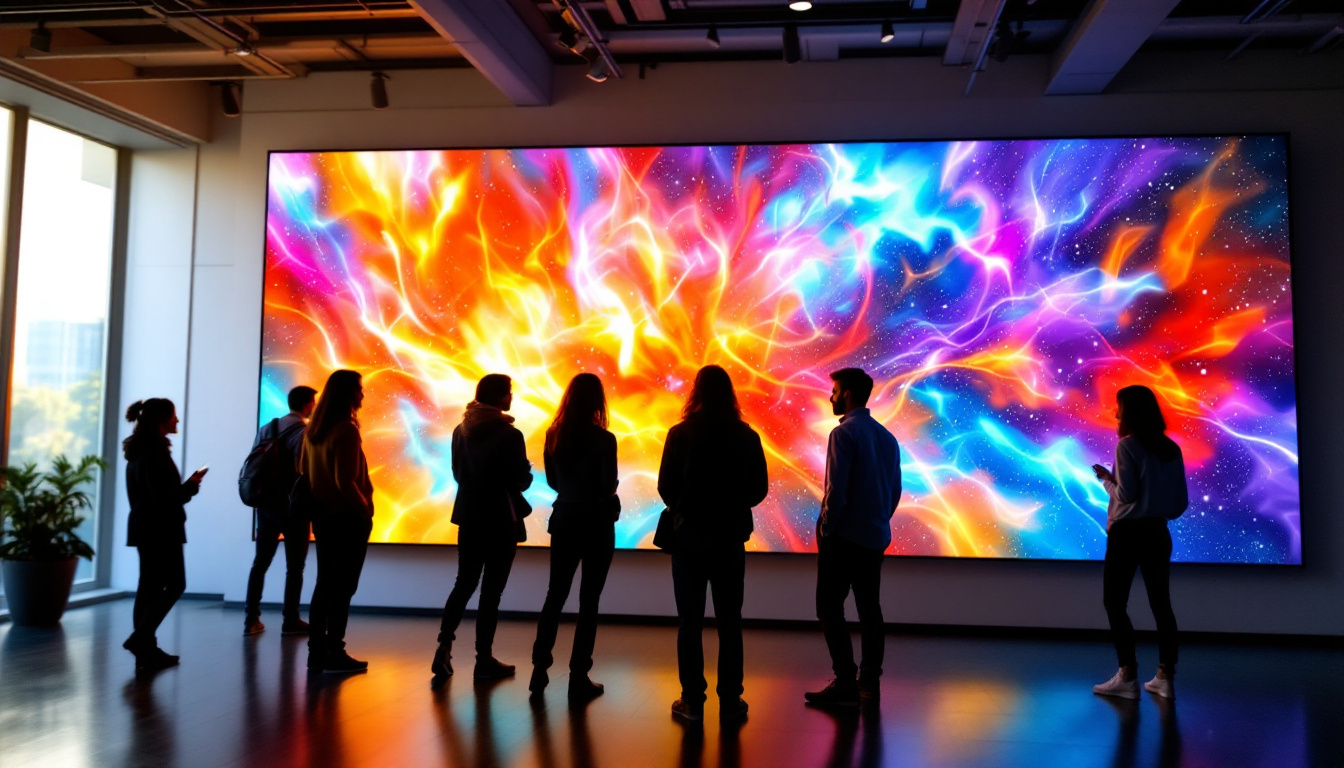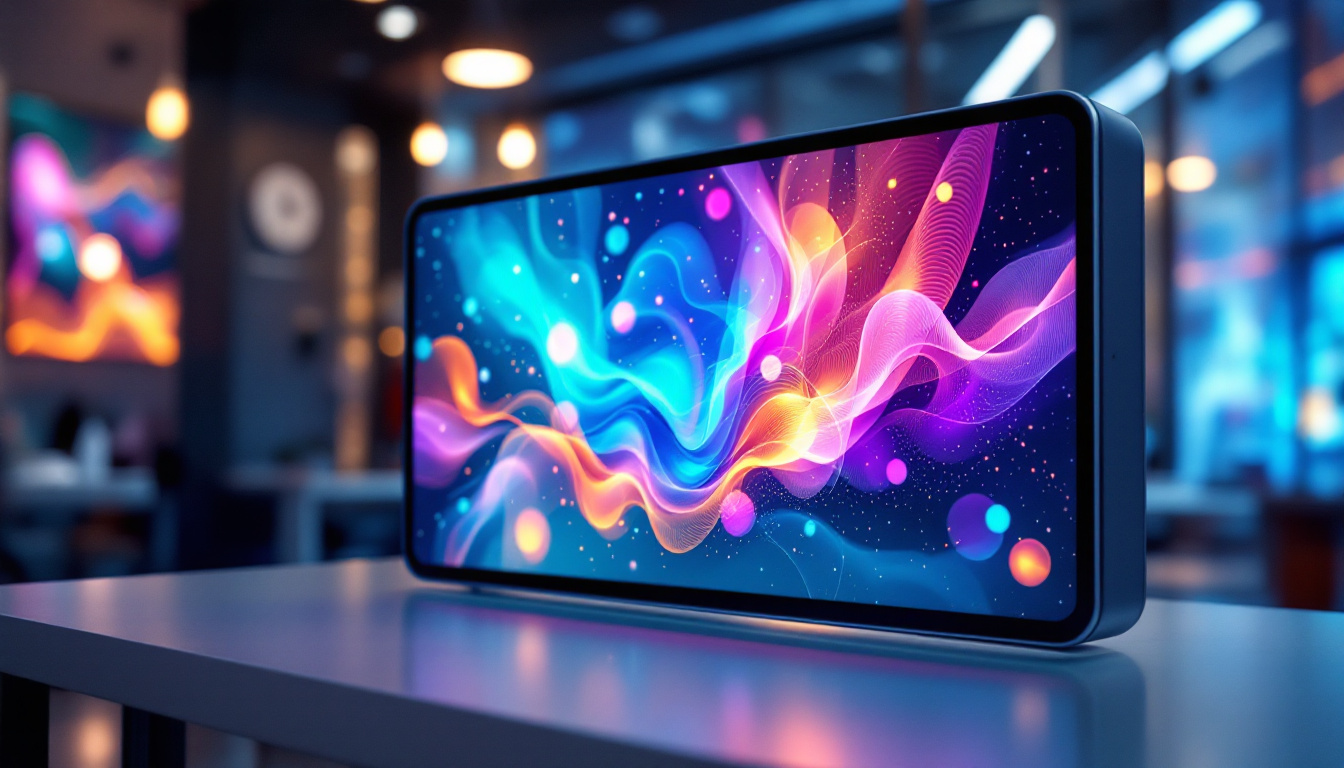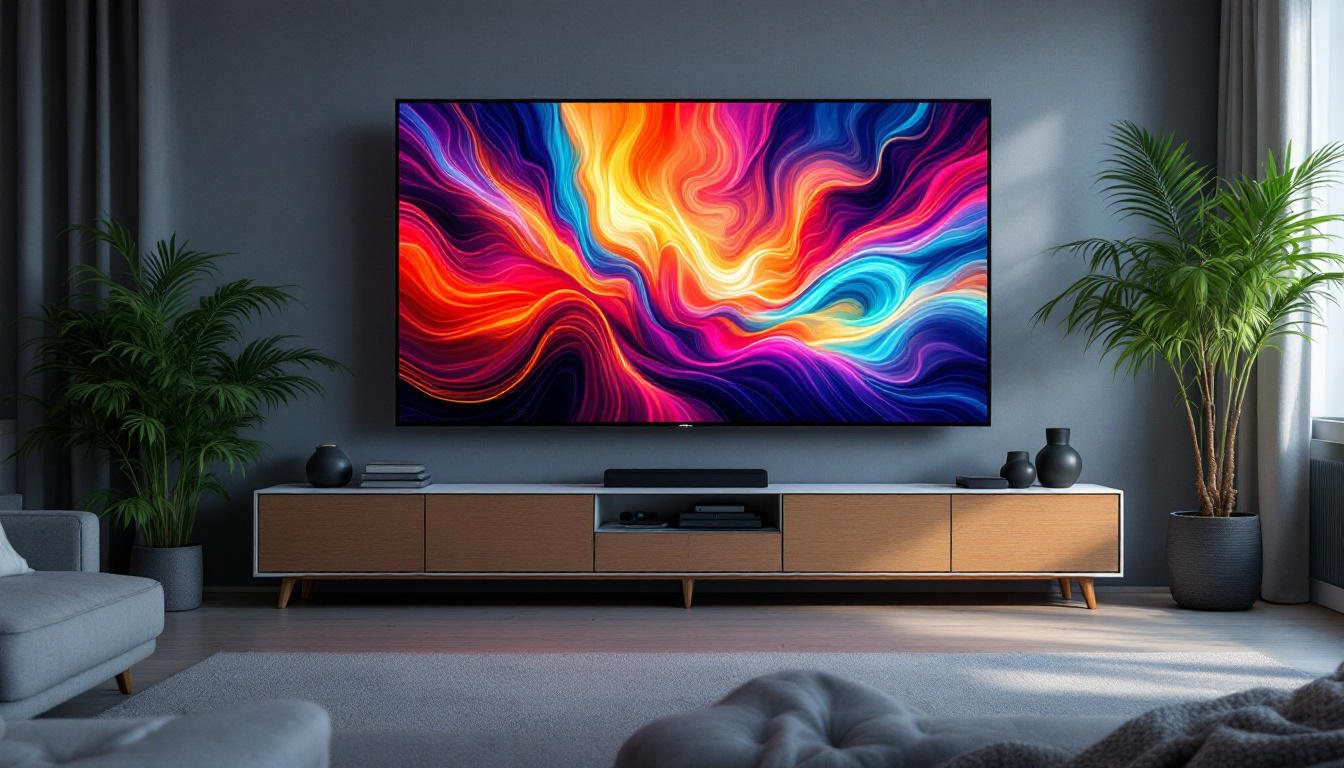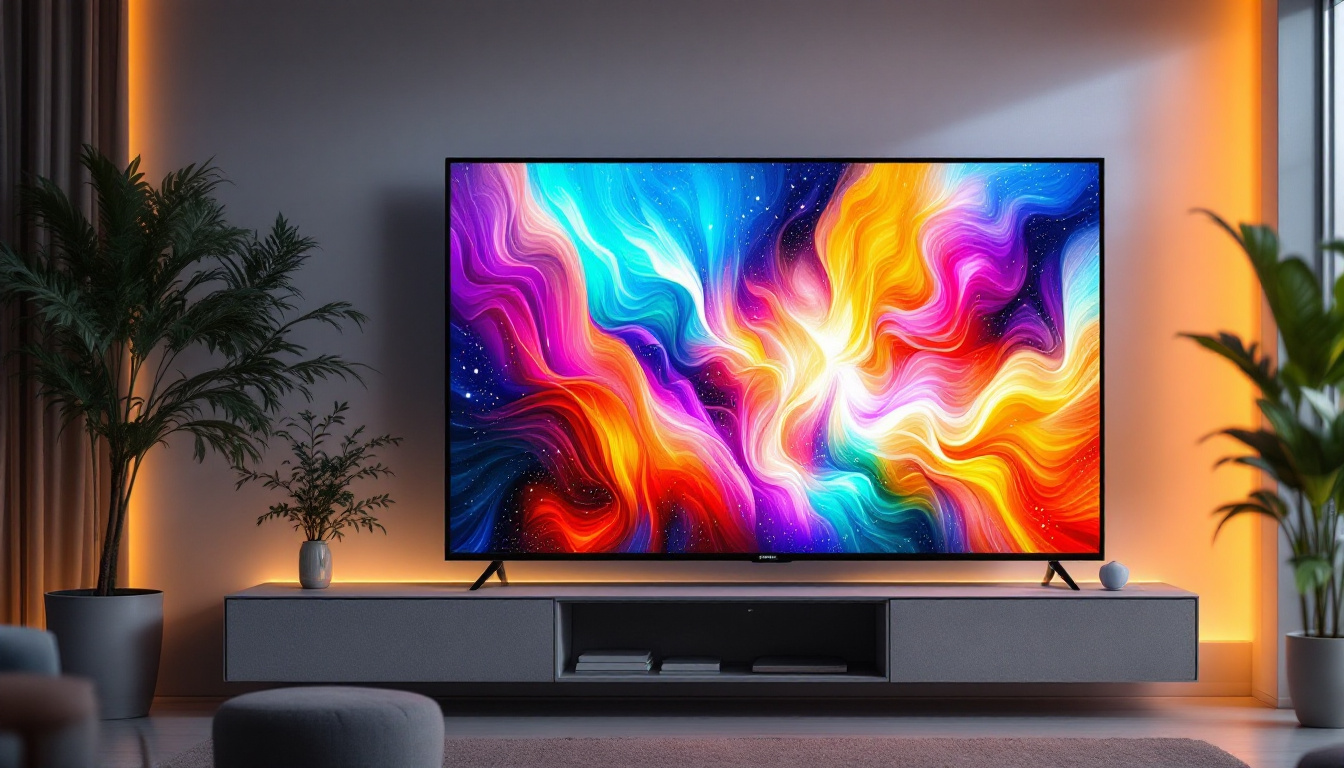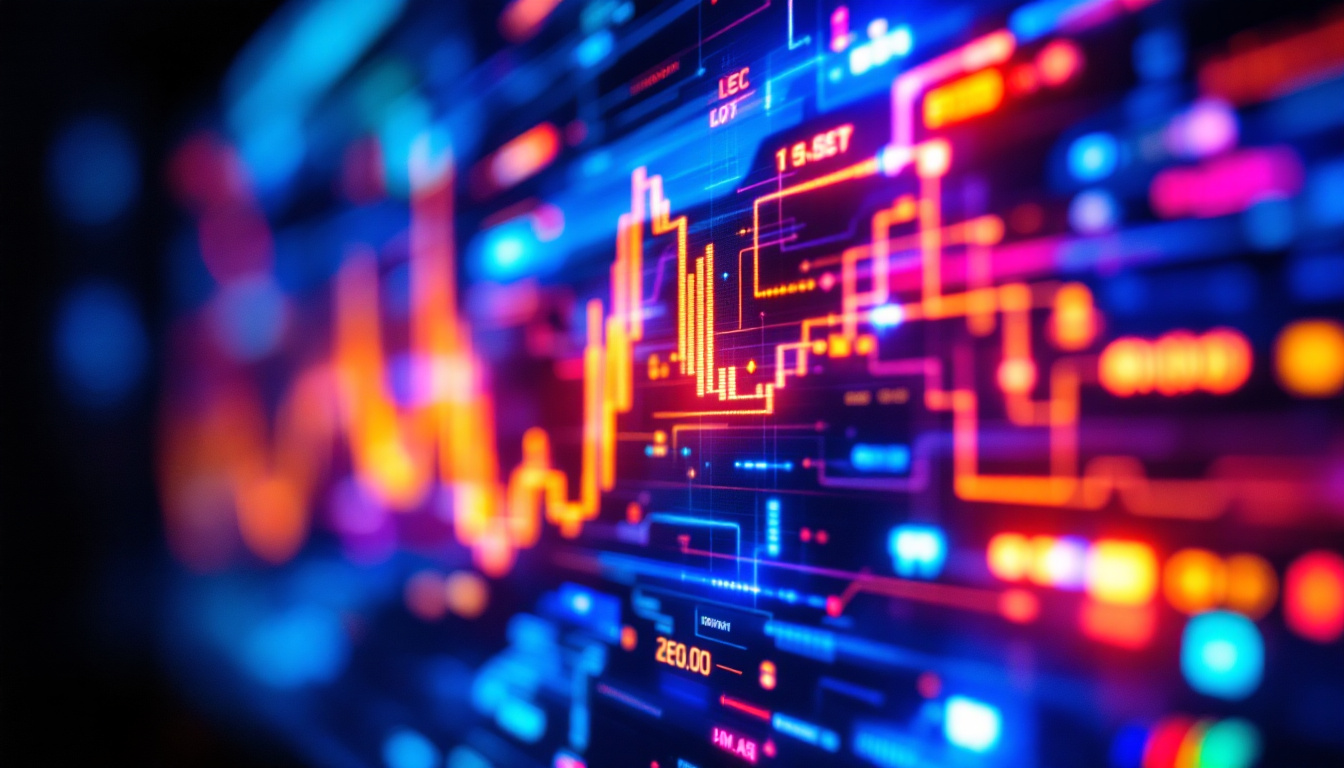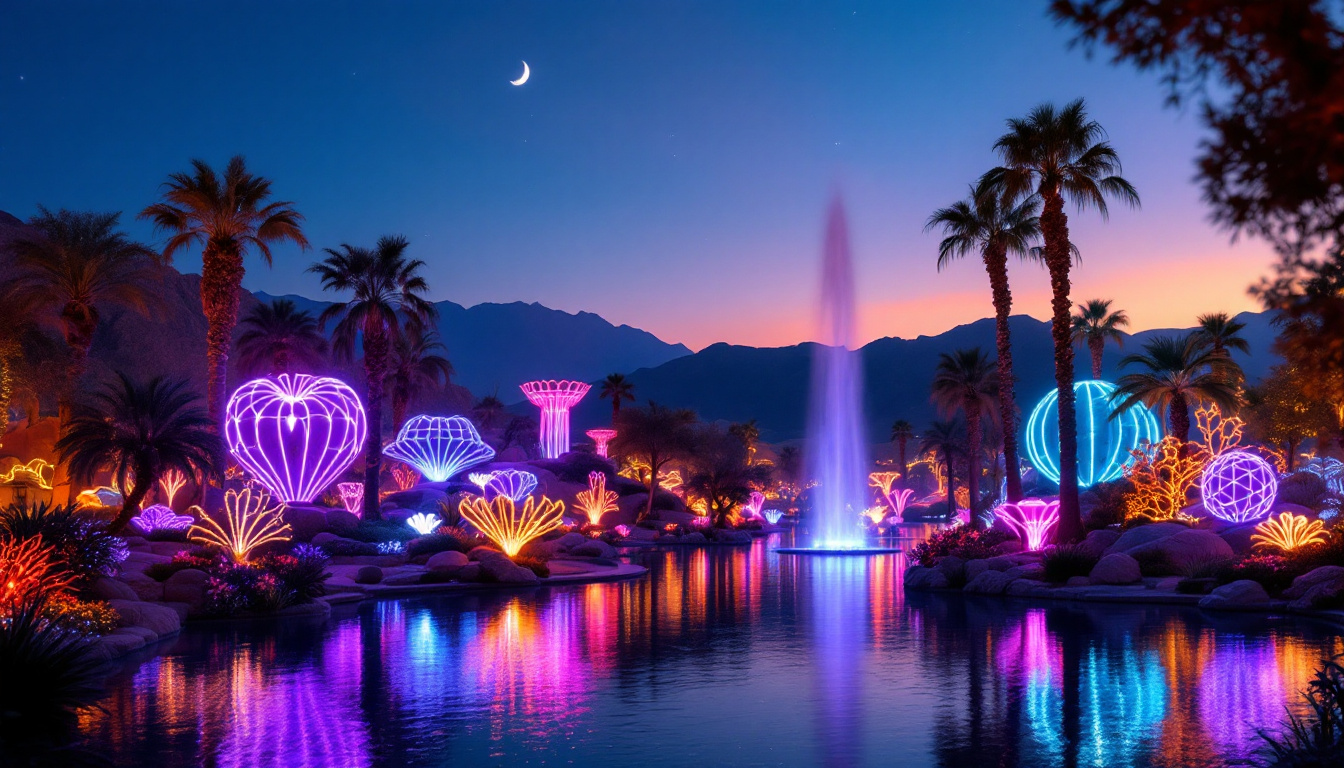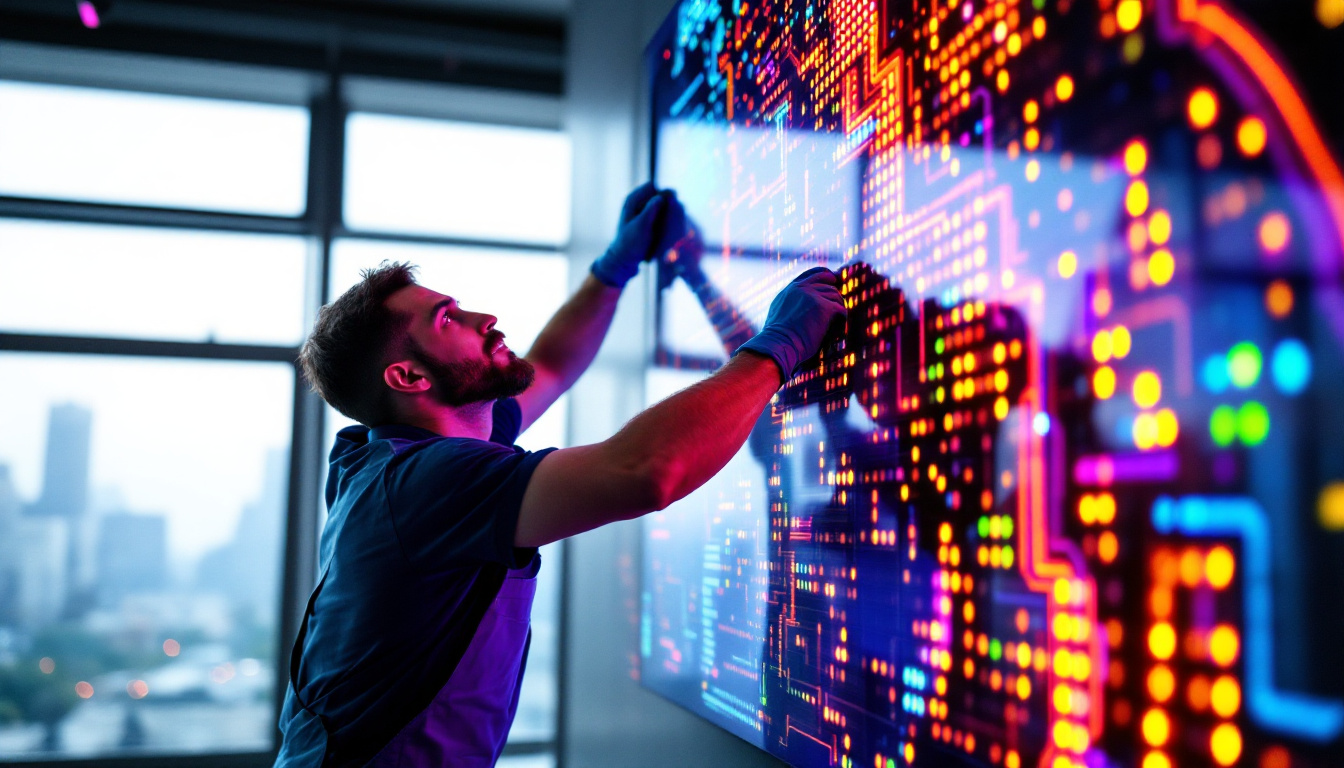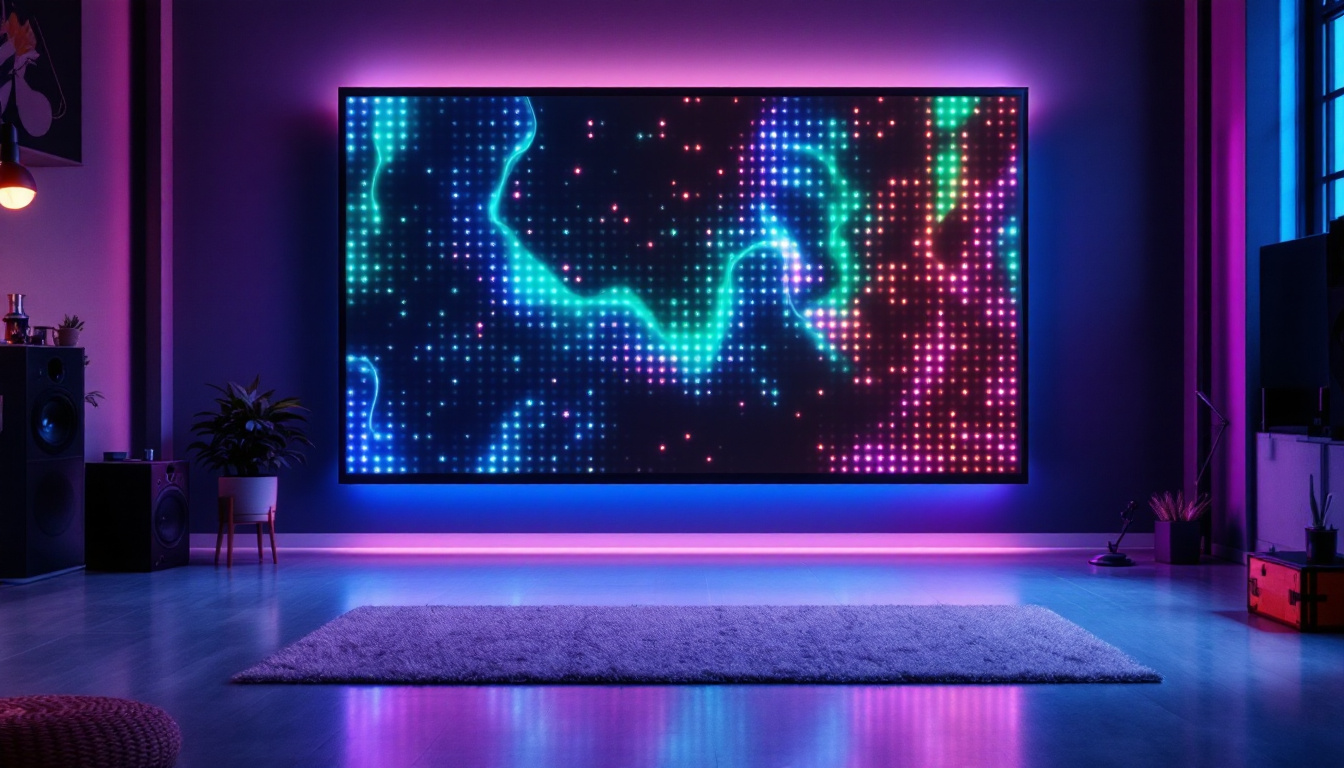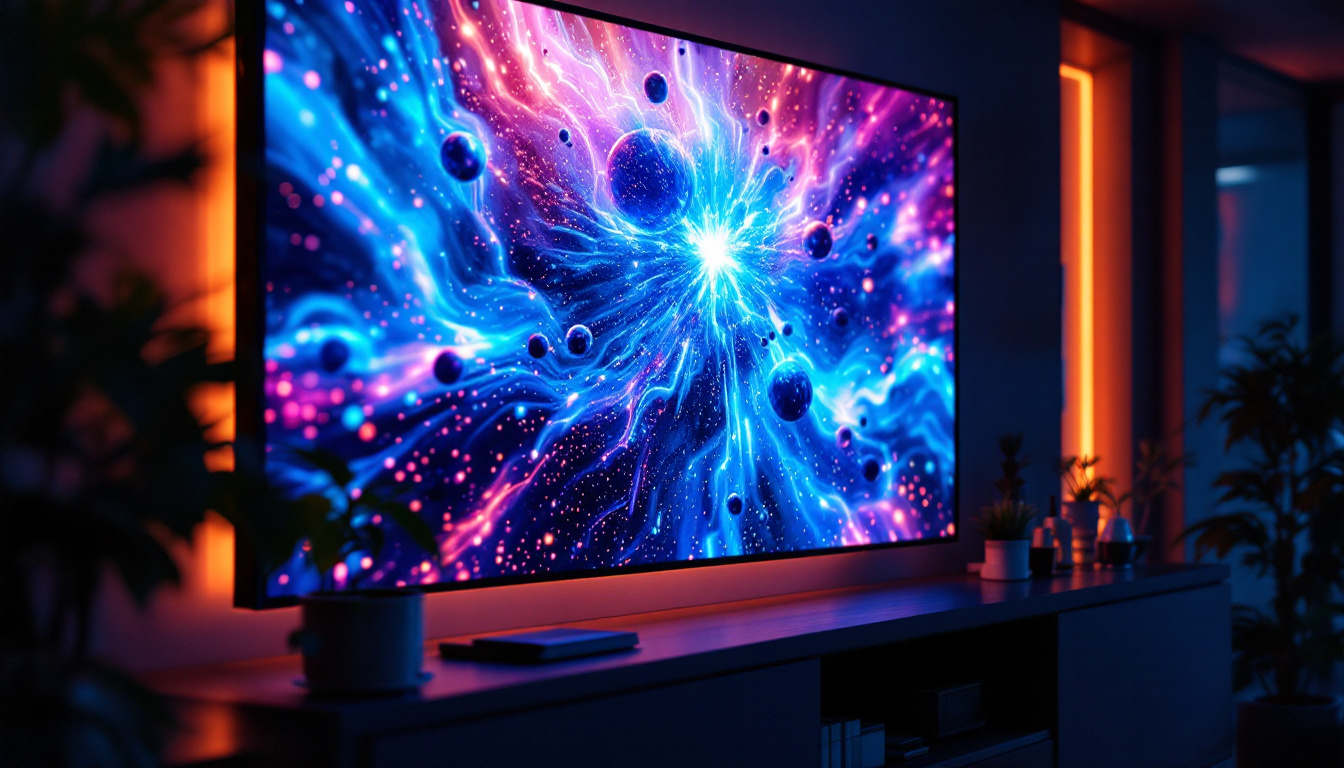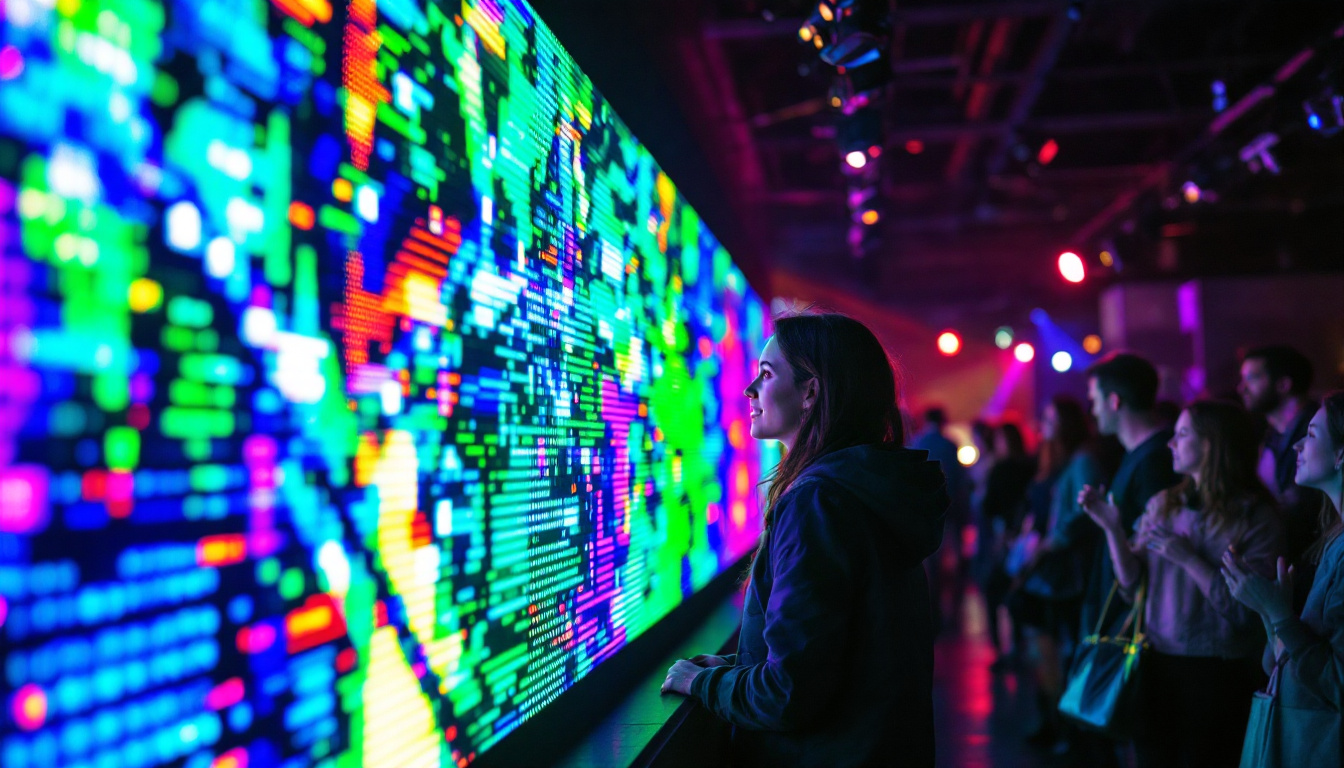In the modern world, visual communication has become increasingly important, and one of the most effective tools for this purpose is the LED display. These displays are not just limited to advertising; they serve various functions across different sectors, including entertainment, transportation, and information dissemination. This article delves into the intricacies of LED displays, their technology, applications, and the advantages they offer.
Understanding LED Technology
LED, or Light Emitting Diode, is a semiconductor device that emits light when an electric current passes through it. This technology has revolutionized the way displays are designed and utilized. Unlike traditional lighting, which uses incandescent or fluorescent bulbs, LEDs are more energy-efficient, durable, and versatile. Their compact size and low heat emission make them suitable for a wide range of applications, from household lighting to complex digital displays.
The Science Behind LEDs
The fundamental principle of LEDs lies in electroluminescence, where electrons recombine with holes within the device, releasing energy in the form of photons. This process is efficient and allows for a wide range of colors, making LEDs ideal for displays. The combination of red, green, and blue (RGB) LEDs can produce millions of colors, enabling vibrant and dynamic visuals. Additionally, advancements in technology have led to the development of white LEDs, which utilize phosphor coatings to convert blue light into a broad spectrum of white light, further expanding their applications in general lighting and displays.
Types of LED Displays
There are several types of LED displays, each designed for specific applications. The most common types include:
- Direct View LED Displays: These are used for large outdoor screens, such as billboards and stadium displays. They are designed to be viewed from a distance and are known for their brightness and clarity.
- LED Video Walls: Composed of multiple LED panels, these displays are used in indoor settings for events, concerts, and advertising. They offer high resolution and can be configured in various shapes and sizes.
- Transparent LED Displays: These innovative displays allow for visibility through the screen while still showcasing images and videos. They are increasingly used in retail environments and architectural applications.
In addition to these types, there are also flexible LED displays, which can be bent and shaped to fit unconventional spaces, making them ideal for creative installations and artistic displays. These flexible options open up new possibilities for designers and advertisers, allowing for unique visual experiences that were previously unattainable. Furthermore, advancements in microLED technology are paving the way for even smaller, brighter, and more efficient displays, which could soon dominate the market by providing enhanced image quality and lower production costs.
The integration of smart technology with LED displays is another exciting development. By incorporating sensors and connectivity features, these displays can adapt to their environment, changing brightness based on ambient light or displaying tailored content based on viewer demographics. This level of interactivity not only enhances user engagement but also allows for more efficient energy use, aligning with the growing demand for sustainable technology solutions.
Applications of LED Displays
The versatility of LED displays allows them to be used in a myriad of applications. From advertising to information dissemination, their impact is significant across various industries.
Advertising and Marketing
One of the most prominent uses of LED displays is in advertising. digital billboards and signage can capture the attention of passersby with bright, colorful graphics and animations. This dynamic form of advertising allows businesses to change their messages in real-time, making it easier to promote sales, events, or new products. Moreover, the ability to display high-definition video content means that brands can create more engaging narratives, drawing in potential customers with storytelling that resonates on a deeper emotional level. As a result, advertisers can track engagement metrics more effectively, tailoring their strategies to maximize impact and reach.
Entertainment and Events
In the entertainment industry, LED displays have transformed the way audiences experience performances. Concerts, festivals, and theatrical productions utilize large LED screens to enhance visual storytelling. These displays can create immersive environments, allowing for seamless integration of visuals and audio, which elevates the overall experience for attendees. Additionally, LED technology enables the use of interactive elements, such as audience participation through mobile apps, where viewers can influence the visuals in real-time. This not only heightens engagement but also fosters a sense of community among attendees, as they share in the collective experience of the performance.
Transportation and Information Systems
LED displays are also prevalent in transportation, where they serve as vital information systems. Train stations, airports, and bus terminals use LED screens to provide real-time updates on schedules, arrivals, and departures. Their visibility and clarity ensure that passengers receive important information quickly and efficiently. Beyond just displaying schedules, these screens can also provide alerts about delays, weather conditions, and safety announcements, enhancing the overall travel experience. Furthermore, with advancements in technology, some transportation hubs are integrating LED displays with AI systems that analyze passenger flow and adjust information accordingly, ensuring that travelers are always informed and can navigate their journeys with ease.
Advantages of LED Displays
The growing popularity of LED displays can be attributed to the numerous advantages they offer over traditional display technologies. Understanding these benefits can help businesses and organizations make informed decisions about their visual communication strategies.
Energy Efficiency
One of the most significant advantages of LED displays is their energy efficiency. LEDs consume significantly less power compared to traditional lighting solutions, which can lead to substantial cost savings over time. This efficiency not only benefits businesses financially but also reduces their environmental impact, making LED displays a more sustainable choice. Furthermore, the lower energy consumption translates to reduced heat generation, which can help maintain a cooler environment in spaces where multiple displays are used, ultimately enhancing the comfort of both employees and customers.
Durability and Longevity
LED displays are built to last. They are resistant to shock, vibration, and extreme weather conditions, making them ideal for outdoor use. Additionally, LEDs have a longer lifespan than traditional bulbs, often lasting tens of thousands of hours. This durability means less frequent replacements and lower maintenance costs. The robust construction of LED displays also minimizes the risk of damage during transportation and installation, which is particularly beneficial for businesses that frequently change locations or set up temporary displays for events and promotions.
High-Quality Visuals
LED displays are known for their superior image quality. With high brightness levels, excellent contrast ratios, and wide viewing angles, they provide clear and vibrant visuals that can be seen in various lighting conditions. This quality is essential for capturing attention and conveying messages effectively. Moreover, advancements in LED technology have led to the development of high-definition and even 4K displays, allowing for intricate details and dynamic content to be showcased. This capability is particularly advantageous for industries such as retail and entertainment, where engaging visuals can significantly enhance customer experiences and drive sales.
Challenges and Considerations
While LED displays offer numerous benefits, there are also challenges and considerations that must be addressed. Understanding these factors can help organizations maximize the effectiveness of their LED display investments.
Initial Costs
The initial investment for LED displays can be higher than traditional display technologies. However, it is essential to consider the long-term savings in energy and maintenance costs. Organizations should conduct a cost-benefit analysis to determine the best option for their needs.
Technical Expertise
Implementing LED display technology may require specialized knowledge and skills. Organizations may need to invest in training for their staff or hire external experts to ensure proper installation and maintenance. This consideration is crucial to avoid potential issues that could arise from improper handling.
Content Management
Creating and managing content for LED displays requires a strategic approach. Organizations must develop engaging and dynamic content that resonates with their target audience. Additionally, they need to establish a content management system to schedule and update messages efficiently.
The Future of LED Displays
The future of LED displays looks promising, with continuous advancements in technology and applications. As the demand for high-quality visual communication grows, innovations in LED technology are expected to enhance their capabilities further.
Integration with Smart Technology
As smart technology becomes more prevalent, the integration of LED displays with IoT (Internet of Things) devices is on the rise. This integration allows for real-time data sharing and interactive experiences, enabling businesses to engage their audiences more effectively. For example, LED displays can be programmed to change content based on environmental factors or audience interactions.
Improved Resolution and Flexibility
Future advancements are likely to focus on improving resolution and flexibility. Higher pixel densities will enable even sharper images and videos, while flexible LED technology will allow displays to be shaped and configured in innovative ways. This flexibility will open new possibilities for creative installations in various environments.
Sustainability Initiatives
As sustainability becomes a priority for many organizations, LED technology is expected to evolve further to reduce environmental impact. This may include the development of recyclable materials and energy-efficient manufacturing processes, making LED displays an even more attractive option for eco-conscious businesses.
Conclusion
LED displays have transformed the landscape of visual communication, offering a versatile and effective solution for various applications. From advertising to entertainment and information dissemination, their impact is undeniable. While challenges exist, the advantages of LED technology far outweigh the drawbacks, making it a worthwhile investment for organizations looking to enhance their visual presence.
As technology continues to advance, the future of LED displays promises even greater innovations, further solidifying their role in modern communication. Embracing this technology can lead to improved engagement, enhanced experiences, and a stronger connection with audiences.
Discover LumenMatrix LED Display Solutions
Ready to elevate your visual communication strategy with cutting-edge technology? Explore LumenMatrix’s comprehensive range of LED display solutions, tailored to meet your unique needs. Whether you’re looking to enhance brand visibility, create captivating visual experiences, or engage your audience like never before, LumenMatrix has the perfect LED display module for you. From Indoor and Outdoor LED Walls to Custom and Transparent Displays, our products are designed to revolutionize your message delivery. Check out LumenMatrix LED Display Solutions today and transform your visual presence with innovation and excellence.


